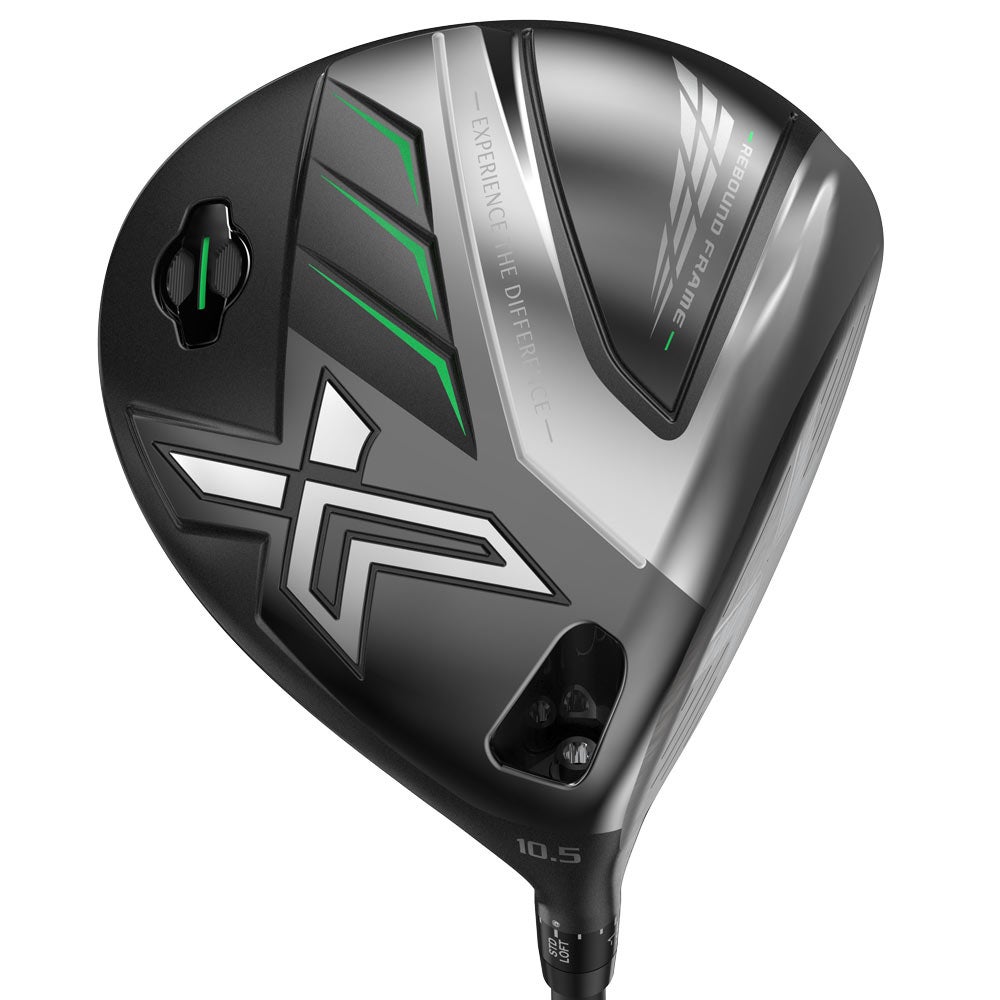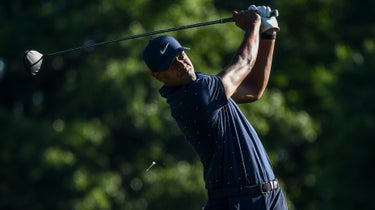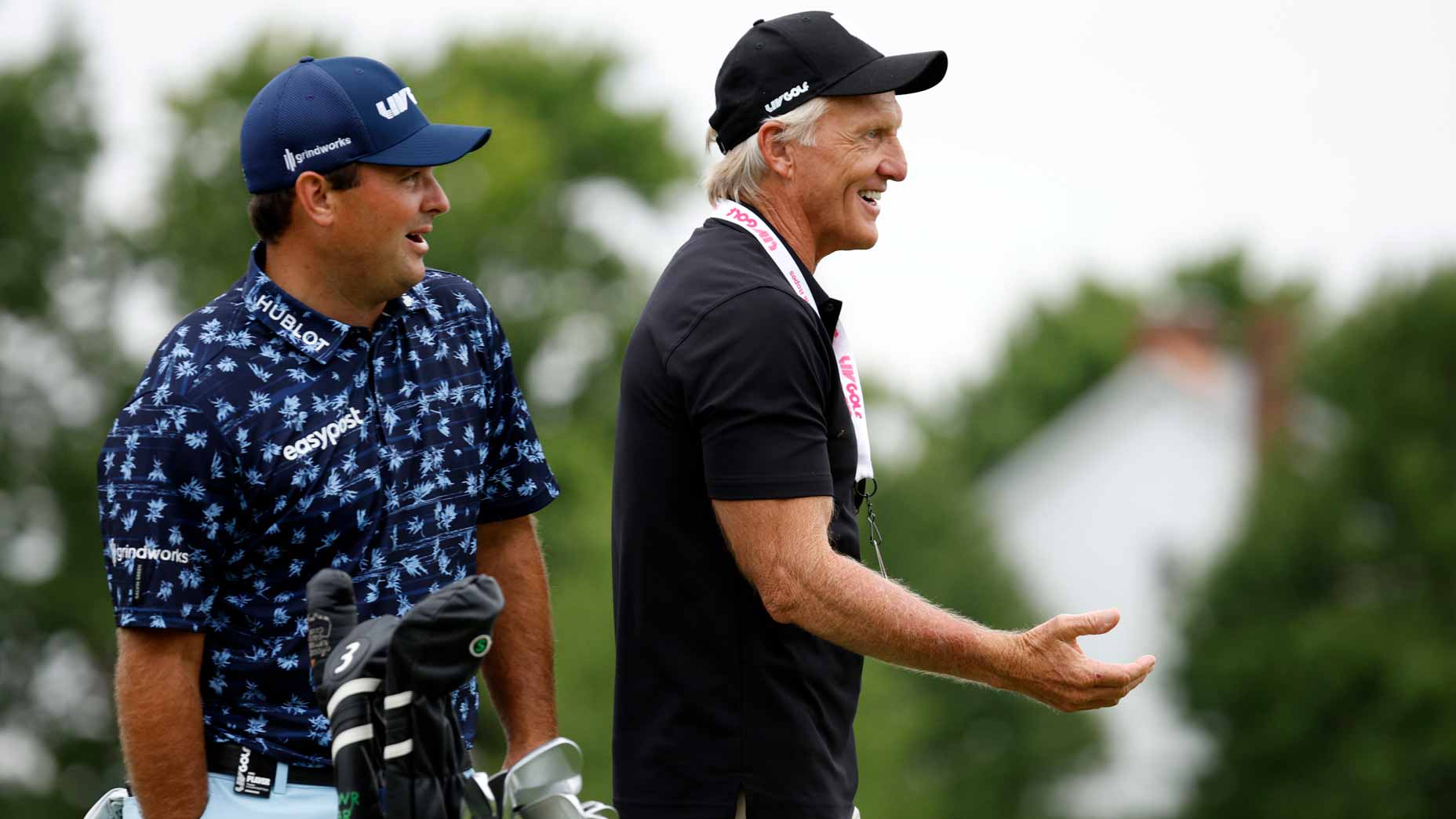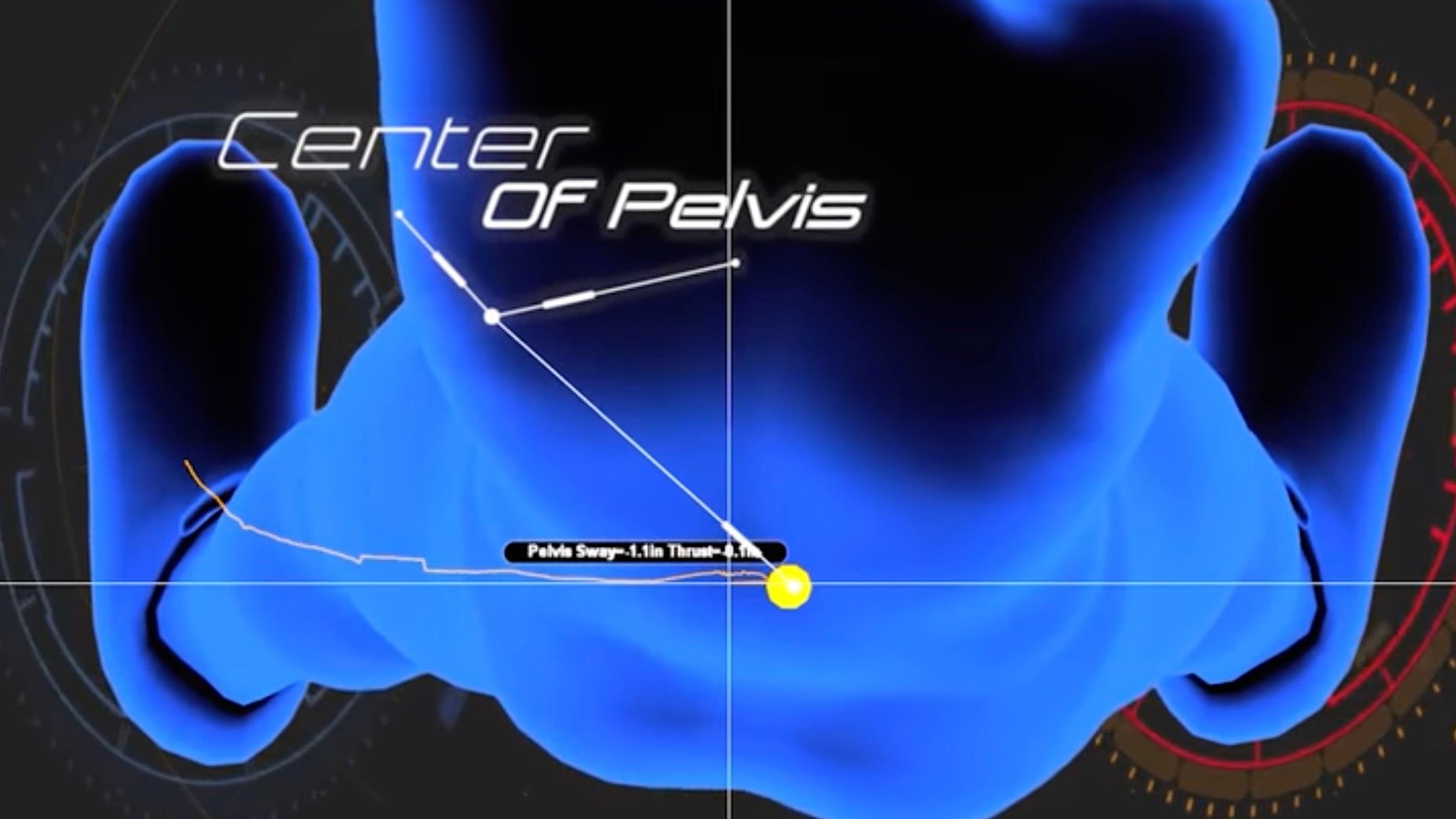
Even the best players in the world slice it on occasion.
Getty Images
Welcome to another edition of the Fully Equipped mailbag, sponsored by Cleveland/Srixon Golf, an interactive GOLF.com series in which we field your hard-hitting gear questions.
Is there anything I can do to my clubs to help fix my slice? – Laurence B., New Mexico
To be clear, the best way to fix your slice isn’t to head to your local golf equipment retailer to try and buy your way back onto the fairway. The swing reigns supreme when it comes to curing the dreaded banana ball, and no equipment hack, gimmick or even custom club setup will eradicate the hard truth come time to fix a slice.
To stop blasting the ball to the right, you have made contact with a square-to-closed clubface angle relative to the path it travels on. Simple as that. However, that doesn’t mean there aren’t some things you can do to mitigate a slice, or at times, make them less embarrassing. Let’s look at a handful of equipment hacks you can do (legally) to straighten things out.
Try skinnier grips
You may not realize it, but if you’re playing with thicker grips (midsized, oversized, or even jumbo grips), you might be slowing the release of the hands through impact. When this happens, you run the risk of the clubface staying open through the hit, which invariably sends the ball out to the right. A skinner grip can help you grip the club more in the fingers and less in the palm, which for many golfers will activate the hands more and promote a quicker release through the hit.
All of our market picks are independently selected and curated by the editorial team. If you buy a linked product, GOLF.COM may earn a fee. Pricing may vary.
XXIO X driver
$699.99
The remarkably lightweight, ultra-premium XXIO X Driver offers an exclusive suite of technologies that amplify performance for mid to low handicap golfers with stonger swings.
Adjust your hosel
If you have a driver, wood or even hybrid with an adjustable hosel sleeve, a simple twist of a torque wrench will adjust the face angle open or shut. Slicers will want a closed clubface angle to help them better square the clubface at impact, but there’s a catch. When adjusting face angle, you’ll also be affecting loft and sometimes the club’s lie angle as well. Meaning, that when you select a draw setting, you’re not only closing the clubface, you’re also adding loft and increasing the lie angle for a more upright position. The point is, you may slice it a little less, but don’t be surprised if you hit it higher as well.
Try more offset
Offset clubs come with a hosel configuration that positions the clubface further back at impact. How this helps with slicing is a matter of timing—offset clubs give the golfer a bit more time in the swing to square the face before making contact with the ball. And yes, we’re talking milliseconds here, and yes, it most definitely can make a difference.
Heel weight bias
Perhaps you have a driver that has adjustable weights, or maybe you’re willing to give lead tape a try. However you do it, adding weight to the heel section of the club will push the CG closer to the hosel, which will then lighten the toe section making it easier to square and close the clubhead through impact. The even better situation is to lighten the toe (via an adjustable weight cartridge) but if that’s not possible, a few grams of weight on the heel should do the trick. Just remember when you add weight, your swing weight will go up, too.
Shorten your driver shaft/try a softer tip
One of the reasons we think many people slice is because they’re using driver shafts that are way too long. The longer the shaft, the flatter the lie angle (for most of us), and the flatter the angle the harder it is to square the clubface at impact. A shorter shaft can help you swing on a more upright plane, making it easier to rotate the hands and hit the ball with the proper face angle. But if you’re not willing to give up the extra clubhead speed you get from a longer shaft, try using a shaft that has a softer tip section. A softer tip section (which is the end towards the clubhead) will increase the rate of closure of the clubhead through impact to help you hit fewer slices.
Adding loft can help—sort of.
For this tip, let’s first dive into how spin works.
For starters, every shot you hit has some measure of backspin on it. Also, all spin is technically backspin—it only becomes “sidespin” when the ball is spinning on a tilted axis. So, when you have a tilted spin axis towards the right (for a slice), the ball will curve to the right. Tilt it to the left, and the ball curves left. It’s not a matter of sidespin versus backspin—there’s only one kind of spin that you impart on the ball. Lastly, when you make contact with a square clubface angle (relative to the path) the ball will fly dead straight in the direction of your path. Any deviation in face angle from your path will tilt your spin axis one way or another.
The reason why the above is important to know is that lower lofted clubs have a lot less room for error when it comes to imparting sidespin (backspin on a tilt) than do higher lofted clubs. But when you add loft, you increase the likelihood of hitting the ball on a more vertical spin axis, helping you to hit the ball straighter. So in that sense, more loft can help you reduce a slice, but it’s not nearly as effective as the previous hacks to stop hitting the ball to the right.
Want to overhaul your bag and start seeing better results? Find a fitting location near you at GOLF’s affiliate company True Spec Golf. For more on the latest gear news and information, check out our latest Fully Equipped podcast below.











